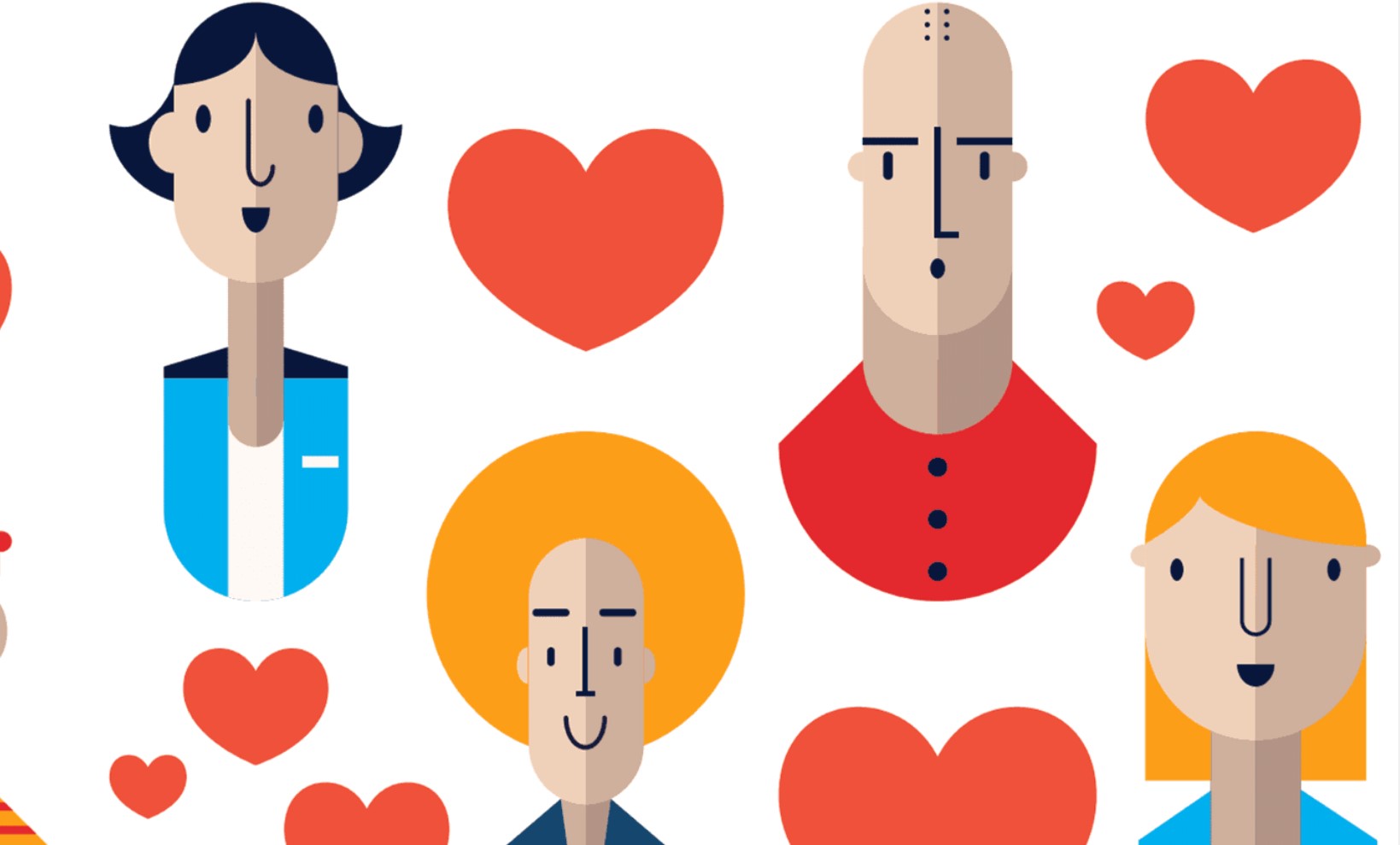Building customer loyalty is a critical goal for businesses, as it leads to long-term relationships and increased customer lifetime value. Understanding the various types of loyal customers can help businesses tailor their strategies and approaches to nurture these relationships. Let’s delve into the different types of loyal customers and their characteristics.
Definition of Loyal Customers
Loyal customers are individuals who consistently choose a particular brand or company over its competitors. They exhibit a strong preference for the brand’s products or services and often engage in repeat purchases. Loyal customers are more likely to recommend the brand to others and remain committed to it even in the face of alternative options.
Type 1: Repeat Customers
One of the most common types of loyal customers is the repeat customer. These individuals consistently choose to purchase from a specific brand or company. Repeat customers value the brand’s reliability, quality, and overall experience. They trust the brand and find comfort in its familiarity, making them more likely to return for future purchases.
Type 2: Referral Customers
Referral customers are loyal customers who actively promote a brand to their friends, family, or acquaintances. They believe in the brand’s value and share their positive experiences with others, influencing their buying decisions. Referral customers play a crucial role in expanding a brand’s customer base through word-of-mouth marketing.
Type 3: Influencer Customers
Influencer customers are loyal customers who have a significant impact on the purchasing decisions of others. They possess a strong online presence and leverage their influence to endorse and recommend products or services to their followers. Influencer customers often have a large social media following and are seen as trusted authorities in their respective domains.
Type 4: Brand Advocates
Brand advocates are passionate and vocal supporters of a brand. They go beyond repeat purchases and actively engage in promoting the brand across various channels. Brand advocates may create user-generated content, participate in online discussions, or even defend the brand against negative feedback. They are deeply connected to the brand and act as its ambassadors.
Type 5: Emotional Attachments
Some loyal customers develop emotional attachments to a brand. These customers feel a strong emotional connection, often associating the brand with positive memories, values, or experiences. Emotional attachments drive loyalty beyond rational factors and make customers more resistant to switching brands.
Type 6: Price Loyal Customers
Price loyal customers prioritize affordability and value for money. They are loyal to a brand primarily because of its competitive pricing or discounts. Price loyal customers may switch brands if they find better deals elsewhere, making it crucial for businesses to continuously provide competitive pricing and incentives to retain them.
Type 7: Convenience Loyal Customers
Convenience loyal customers value ease and convenience in their purchase journey. They are loyal to brands that offer seamless shopping experiences, quick delivery, user-friendly websites or apps, and excellent customer service. Convenience loyal customers appreciate the brand’s ability to save them time and effort.
Type 8: Relationship Loyal Customers
Relationship loyal customers prioritize personalized interactions and exceptional customer service. They value the relationship they have with a brand and appreciate the brand’s efforts to understand their individual needs and preferences. Relationship loyal customers often seek trust, reliability, and personalized attention from the brands they choose.
Type 9: Product Loyal Customers
Product loyal customers are drawn to a brand because of its superior product quality, features, or innovation. They are loyal to the brand because it consistently delivers products that meet or exceed their expectations. Product loyal customers are often early adopters and have a deep appreciation for the brand’s offerings.
Type 10: Service Loyal Customers
Service loyal customers value exceptional customer service and support. They remain loyal to a brand because of the high level of service they receive. Service loyal customers appreciate brands that prioritize prompt response times, effective issue resolution, and overall customer satisfaction.
Factors Influencing Loyalty
Several factors influence customer loyalty across all types. These factors include:
- Quality of products or services
- Customer experience and satisfaction
- Brand reputation and trustworthiness
- Pricing and value for money
- Convenience and ease of use
- Personalization and customization
- Emotional connection and brand affinity
Understanding these factors helps businesses identify areas where they can improve to foster loyalty among their customer base.
Importance of Loyal Customers
Loyal customers are valuable assets for businesses. They provide a steady revenue stream, contribute to positive word-of-mouth marketing, and help acquire new customers. Here are some key reasons why loyal customers are important:
- Repeat Business: Loyal customers make frequent purchases, generating consistent revenue for the brand.
- Referrals: Loyal customers recommend the brand to others, expanding its customer base organically.
- Brand Advocacy: Loyal customers actively promote the brand, boosting its reputation and credibility.
- Cost Savings: Retaining loyal customers is often more cost-effective than acquiring new ones.
- Competitive Advantage: Having a strong base of loyal customers differentiates a brand from its competitors.
Strategies to Nurture and Retain Loyal Customers
To nurture and retain loyal customers, businesses can implement the following strategies:
- Personalization: Tailor products, services, and communications to individual customer preferences.
- Loyalty Programs: Offer rewards, discounts, or exclusive perks to incentivize repeat purchases.
- Excellent Customer Service: Provide prompt and helpful support to enhance the customer experience.
- Communication Channels: Maintain open lines of communication through various channels to stay connected with customers.
- Feedback and Surveys: Seek customer feedback to understand their needs and improve offerings.
- Community Building: Foster a sense of community among loyal customers through events or online platforms.
- Continuous Improvement: Regularly assess and enhance products, services, and processes to meet evolving customer expectations.
Understanding the different types of loyal customers allows businesses to create targeted strategies for nurturing and retaining them. By recognizing the unique characteristics, motivations, and behaviors of loyal customers, businesses can tailor their approaches to build lasting relationships and foster brand advocacy. Prioritizing customer loyalty can lead to long-term success and create a competitive edge in today’s dynamic marketplace.
FAQs
Q1: How can businesses identify loyal customers? Businesses can identify loyal customers through various methods, such as analyzing purchase history, tracking customer engagement, and collecting feedback through surveys or reviews.
Q2: Can a customer be loyal to multiple brands? Yes, customers can be loyal to multiple brands based on different needs, preferences, or product categories.
Q3: How long does it take to build customer loyalty? Building customer loyalty is a continuous process that requires consistent effort and exceptional customer experiences. It can take months or even years to establish strong loyalty.
Q4: Are loyal customers less price-sensitive? Loyal customers tend to be less price-sensitive compared to new or occasional customers. They prioritize other factors like quality, convenience, and brand affinity.
Q5: What should businesses do if they lose a loyal customer? If a business loses a loyal customer, it is crucial to understand the reasons behind the loss and take steps to address any issues. Reaching out to the customer, offering incentives, or improving service can help win them back.


